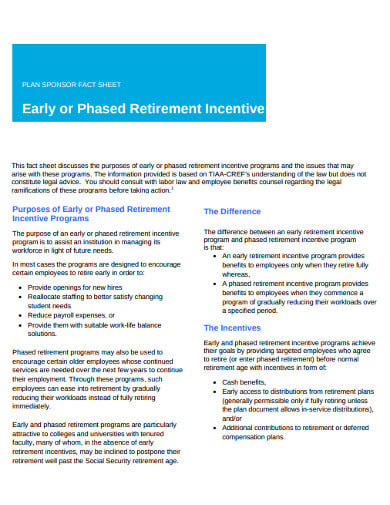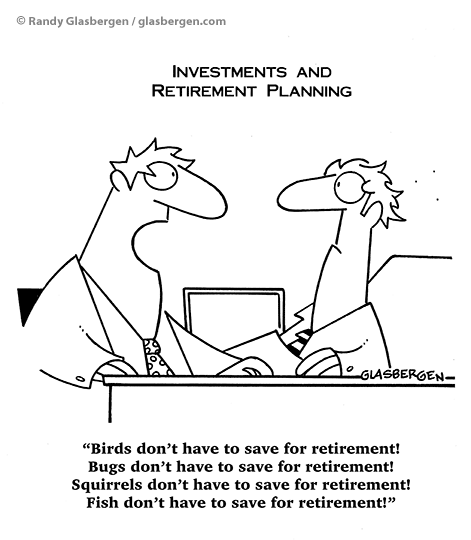

Based on the hypothetical cases presented above, a $1M portfolio could safely provide you with roughly $40,000 per year for 30 years.

How some of these variables might impact your withdrawal plans If inflation moves any higher (say to 4% plus), simple math tells you that your portfolio will be highly exposed with a 4% withdrawal rate and sub-inflation rates of return! The Bank of Canada (BoC) has an inflation target rate of between 1-3%, with inflation currently hovering at the top-end of that target. Inflation exposure: You need to think about what inflation will mean to applying a 4% withdrawal rate.As a result, you’ll likely need to settle for a lower withdrawal rate earlier on during retirement. Retirement time horizon exposure: If you are looking at early retirement (in your late 40s or early 50s), that gives your portfolio a shorter growth period (as opposed to retiring in your 60s or early 70s).Rate of Return exposure: A portfolio that consistently returns sub-optimal rates of return over a longer period of time, will not be able to sustain a consistent 4% depletion rate.Portfolio risk exposure: Generally speaking, a balanced portfolio with low to medium risk exposure (50:50 or 40:60 stocks/bonds) should be able to withstand an annual 4% withdrawal rate.You do need to be aware of some limitations that govern its application: The 4% rule will likely apply to most retirement withdrawal scenarios. It is, however, the most realistic response to this question. That answer may sound rather vague and unhelpful. Related Reading: When it comes to saving for retirement, how much is enough? Will The 4% Rule Work for Your Portfolio?
#Early retirement drawdown professional#
Before you start planning to take out 4% of your nest egg regularly, ask an investment professional whether 4% works for you. While academic studies confirm the fundamentals of the 4% Withdrawal Rule, real-life sometimes has a way of throwing you a curveball. This largely confirmed Bengen’s findings.Īs recently as 2011, the Trinity academics used an updated data set from 1926 to 2009 to confirm their assessment that anywhere between 4% and 5% withdrawal should be sustainable for a portfolio comprising of 50% large-cap stocks. With this research, a group of University of Trinity professors added some additional insight into what “safe” meant. The debate of “safe” withdrawal rates continued with the 1998 research paper, called the Trinity Study.

He determined that given a portfolio split evenly between stocks and bonds, a 4% withdrawal rate should provide adequate cash flow for a retirement spanning at least 30 years. Eager to address anxious clients’ questions about “safe withdrawal rates,” Bengen looked to data from as far back as 1926. The History of the 4% Withdrawal RuleĪ financial planner named Bill Bengen first advocated the 4% rule over 24 years ago, in 1994. Simply put, the 4% withdrawal rule states that, all things being equal, if you continue to draw down 4% of your retirement nest egg each year, there is a great degree of probability that you won’t run out of money for at least 30 years.īut before exploring whether that rule will work for you, and what impact it might have on your portfolio, let’s talk briefly about how this rule came about. You may have heard of the 4% Withdrawal Rule. What’s the likelihood that you’ll run out of money in your retirement?.How some of these variables might impact your withdrawal plans.Will The 4% Rule Work for Your Portfolio?.


 0 kommentar(er)
0 kommentar(er)
